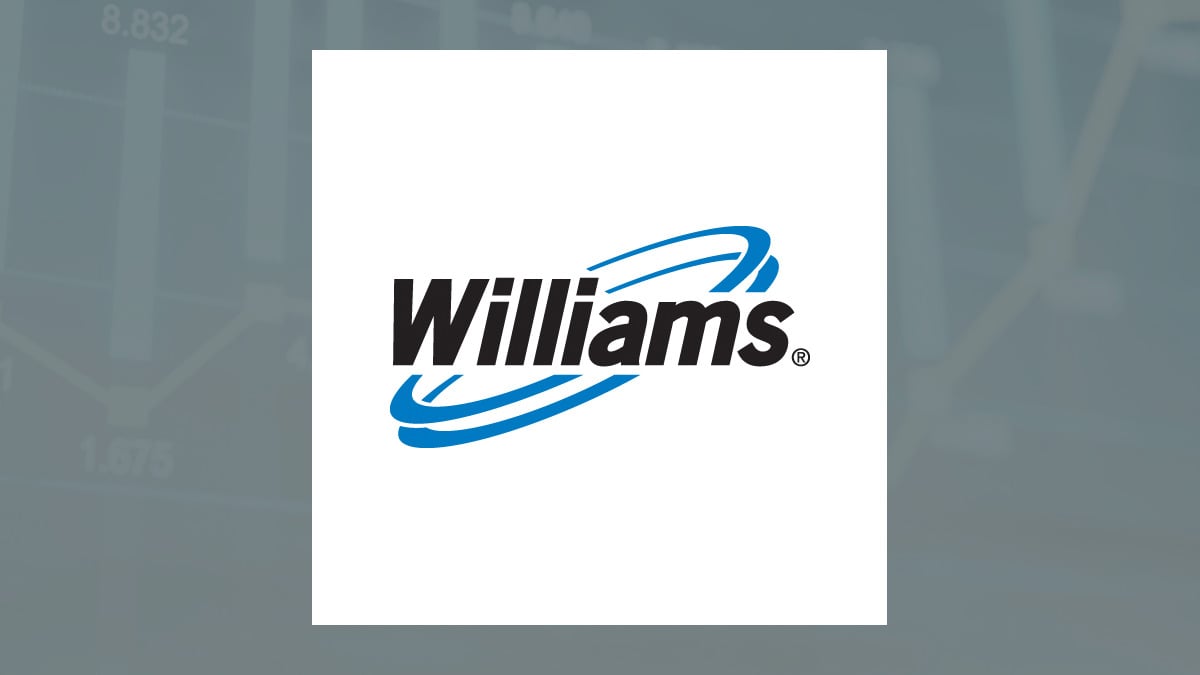The FT Vest Nasdaq-100 Buffer ETF – December (BATS:QDEC) achieved a significant milestone on Monday by reaching a new 52-week high of $31.83 during mid-day trading. The stock closed slightly higher at $31.8450, with a total trading volume of 232,788 shares. In comparison, the previous close was $31.79.
Following this uptick, the share price experienced a marginal decline of 0.1%. Currently, QDEC has a market capitalization of approximately $590.55 million, a price-to-earnings ratio of 30.41, and a beta of 0.72. The fund’s recent performance can be evaluated against its 50-day simple moving average of $31.01 and a 200-day simple moving average of $29.49.
Institutional Investment Trends
Recent trading activity indicates a notable shift among institutional investors regarding their positions in the FT Vest Nasdaq-100 Buffer ETF. Several hedge funds have either increased or established new stakes in the ETF. For instance, Nova Wealth Management Inc. acquired a new position during the third quarter, valued at approximately $115,000. Similarly, OLD Mission Capital LLC entered the market in the first quarter with an investment of about $255,000.
In the same vein, Winnow Wealth LLC acquired a position worth approximately $442,000 in the third quarter. Additionally, Arkadios Wealth Advisors increased its stake by 2.6% during this period, now owning 15,144 shares valued at around $471,000 after purchasing an additional 380 shares.
About the ETF
The FT Cboe Vest Nasdaq-100 Buffer ETF – December, launched on December 18, 2020, is an exchange-traded fund that tracks the NASDAQ 100 – USD index. The fund is designed to provide specific buffered losses and capped gains on the QQQ ETF over a predetermined holding period. It employs an actively managed strategy, holding options and collateral to achieve its objectives.
Investors are closely monitoring QDEC’s performance, particularly following its recent price movements and institutional interest. The ETF’s unique approach to risk management and investment strategy continues to attract attention in the competitive landscape of exchange-traded funds.







